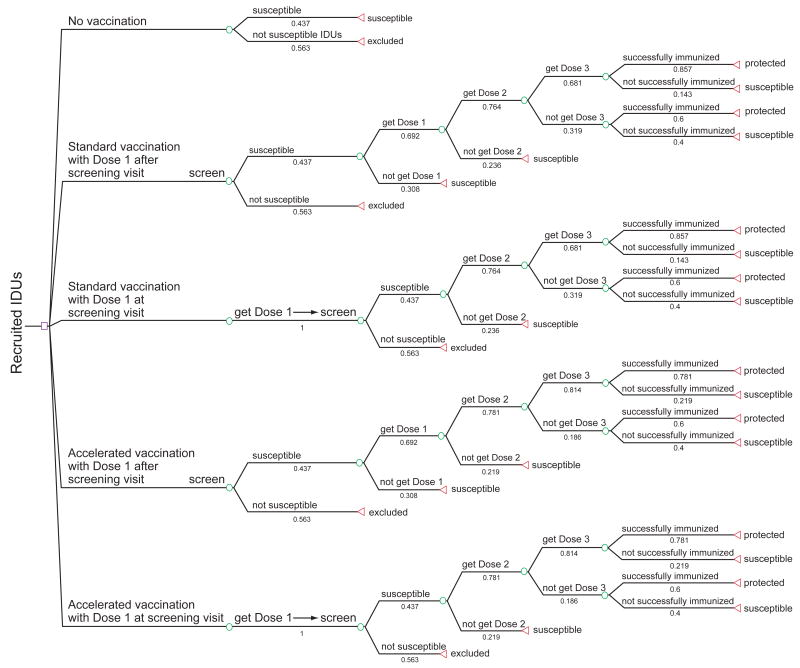Figure 1. Decision model for hepatitis B vaccination at syringe-exchange programs.
This figure depicts four vaccination strategies and the no-vaccination strategy considered in the model. Depending on the strategy chosen, participants would receive the first dose either prior to knowing their serologic results or after learning they are susceptible according to their serologic results; the third dose would be administered on either a standard or accelerated schedule. Once participants initiate vaccination, they either return for their follow-up doses or fail to complete the vaccine series. The completion rates, successful immunization rates, and percentage of the susceptible were based on data obtained from the HVS study. Those who remain susceptible as a result of failing to begin the vaccine series, to complete the vaccine series, or to become successfully immunized were entered into a Markov model simulating the natural history of HBV infection.
IDU, injection drug user

